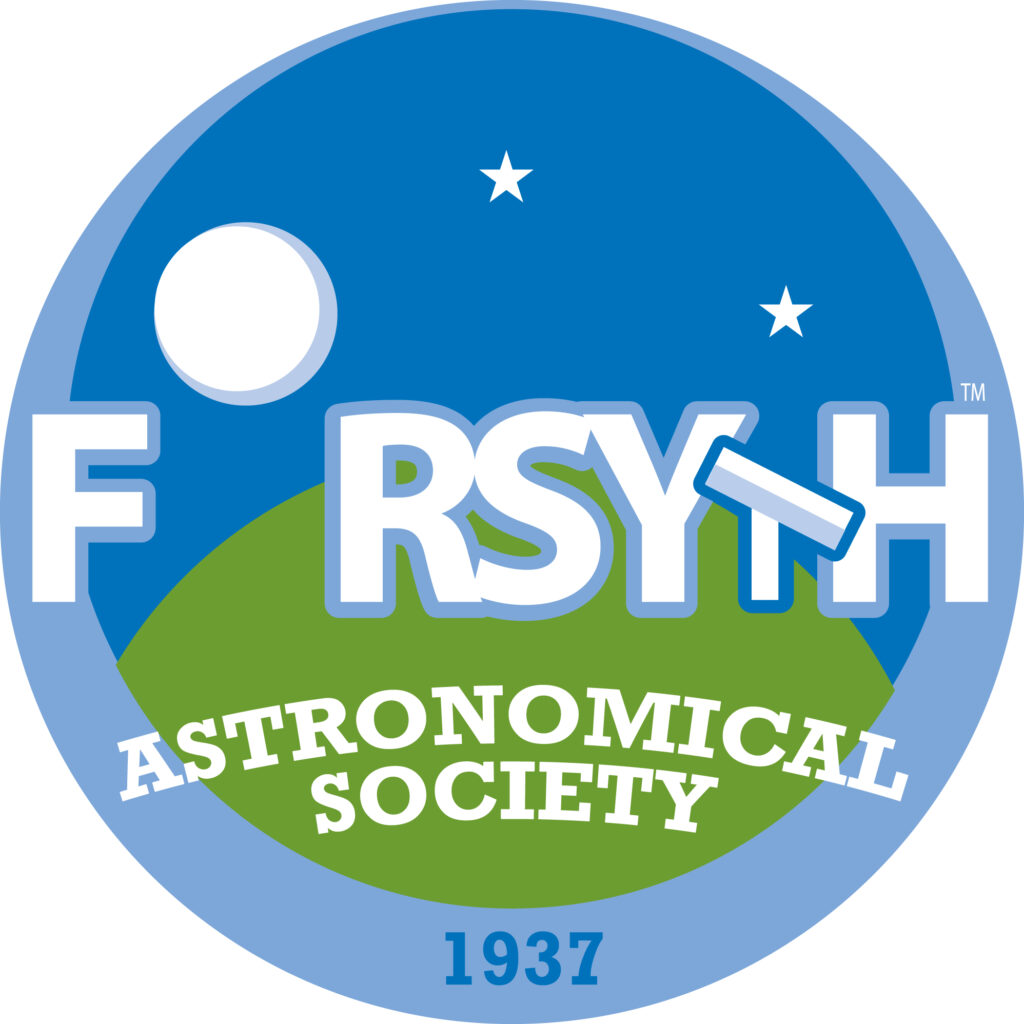






An eclipse occurs when the moon blocks the sunlight from reaching the Earth (solar eclipse) or when the Earth blocks the sunlight from reaching the Moon (lunar eclipse). Solar eclipses occur because the relative size of the Moon and the Sun are the same, although the Sun is much farther away than the Moon.


In either case, a shadow is cast onto the Earth (solar eclipse) or the Moon (lunar eclipse). Because of the difference in size between the Earth and the Moon, the Earth’s shadow during a lunar eclipse will cover the entire Moon, while the Moon’s shadow during a solar eclipse will only cover a small area. As such, lunar eclipses are much more common than solar eclipses.
A Solar Eclipse will occur on April 8, 2024 – see here for more details.
Eclipse safety is VERY IMPORTANT!
Never look at the Sun without proper eclipse glasses, viewers, or solar filters.
Eclipse Shadows
The shadow of an eclipse is split into two areas.
- The umbra is the complete shadow and where a total eclipse is visible.
- The penumbra is the partial shadow and where only a partial eclipse is visible.
Blood Moon
Although, the Earth blocks out the Sun’s light during a lunar eclipse, some of the light filters through the Earth’s atmosphere and does reach the Moon. This light is mostly red, so the Moon has a reddish hue during a total lunar eclipse, and this is why it is often called a “blood moon.”
Annular Solar Eclipse
Solar eclipses do not always completely block out the Sun’s light. An annular solar eclipse (aka ring of fire) leaves a small circle of light. This is because, at the time of the eclipse, the Moon’s distance from the Earth is a little too far for the Moon to completely cover the Sun.
Partial Solar Eclipse
Before or after a total and annular eclipse, and for those not on the path of totality, the Moon will only block a portion of the Sun. This is a partial solar eclipse.



A Few Resources
- “Eclipses.” NASA Science.
- “Lunar Eclipses and Solar Eclipses.” NASA Science, Space Place.
- “Moon in Motion.” NASA Science, Earth’s Moon.
- “Lunar Eclipse Essentials.” NASA Goddard Medial Studios. June 8, 2011.
- “Super Blood Moon: Your Questions Answered.” NASA Science, Earth’s Moon. May 18, 2021.
- “What Is a Solar Eclipse?” NASA Science Space Place.
- “Eclipse Fact Sheet.” NASA Solar System Exploration. February 28, 2022.
- “What Is an Annular Eclipse?” NASA Goddard Media Studios. April 14, 2023.
- “How Is the Sun completely Blocked in an Eclipse?” NASA Science, Space Place.
- Fred Espenak. NASA Eclipse Web Site.
- Fred Espenak. “Solar Eclipses: 2021-2030.” NASA Eclipse Web Site.





You must be logged in to post a comment.